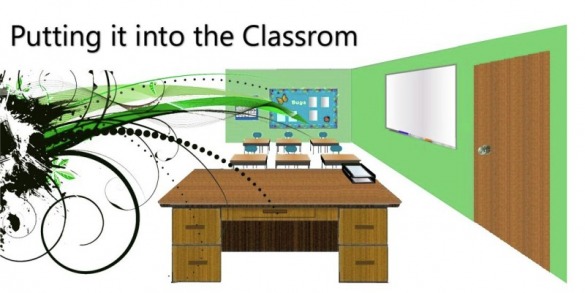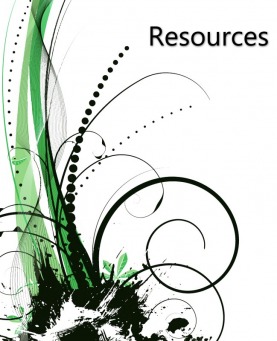all words in a language
Vocabulary Includes:
- All words.
- “The essence of vocabulary learning is regarded as associating the meanings of new words with their pronunciations in memory” (Ehri & Rosenthal, 2007, p. 395).
- It’s not as simple as just ‘knowing’ or ‘not knowing’ a word. There are different kinds of vocabulary knowledge.
- Vocabulary is related to success, perceived intelligence, content learning, and reading comprehension.
- Students learn how to learn words which is sometimes called vocabulary strategies
- Students notice when they hear or read an unfamiliar word and want to learn the meaning of unfamiliar words.
Block, Meghan. (2010). Vocabulary and Morphology.
[PowerPoint Slides]. Retrieved from University of Michigan State.
[PowerPoint Slides]. Retrieved from University of Michigan State.
Typical Levels or Stages of Knowing a Word:
1. No Knowledge
1. No Knowledge
- Little or no knowledge of the words or meanings.
- Understanding the main idea of the word, such as knowing mendacious has a negative connotation.
- Context-bound knowledge, such as knowing that a radiant bride is a beautifully smiling happy one, but unable to describe an individual in a different context as radiant.
- Having knowledge of a word but not being able to recall it readily enough to use it in appropriate situations.
- Decontextualized knowledge of a word’s meaning, its relationship to other words, and its extension to metaphorical uses, such as understanding what someone is doing when they are devouring a book.
Block, Meghan. (2010). Vocabulary and Morphology.
[PowerPoint Slides]. Retrieved from University of Michigan State.
[PowerPoint Slides]. Retrieved from University of Michigan State.
Word Awareness
- Students notice when they hear or read an unfamiliar word.
- Students want to learn the meaning of unfamiliar words.
- Students are interested in words, like to play with words, think about how words are related, “love” or “like” certain words.
Vocabulary Related to Vocabulary:
- Academic vocabulary: vocabulary that is important and common in schools and but not very common in everyday conversations
- Contextual analysis: using context around a word to help figure out word meaning
- Expressive vocabulary: “or “productive vocabulary.” It refers to vocabulary one can use.
- Lexical Resources: using tools such as paper or electronic dictionaries, thesauruses, etc. -- there is less evidence in this area
- Morphological analysis: using parts of words to help figure out word meaning
- Receptive vocabulary: refers to vocabulary one can understand.
- Vocabulary Strategies: Students learn how to learn words
Block, Meghan. (2010). Vocabulary and Morphology.
[PowerPoint Slides]. Retrieved from University of Michigan State.
[PowerPoint Slides]. Retrieved from University of Michigan State.
Ways to Help Students Develop Vocabulary:
- Reading with the student and saying an easier or another definition for the words that the students either don’t or might not know and then continue on reading
- Using other subjects and content areas
- Purposeful field trips
- Cooking
- Science experiments
- Role play
- Art projects
- Semantic webs. A definition in a map form that depicts word relations, including superordinate and subordinate categories as well as near synonyms and antonyms
- Word games that engage the students
- Flashcards
- Scrabble
Students need to learn more words than teachers can directly teach. They should have opportunities to learn words without direct instruction, through reading and conversation
Students Learn Specific Words Through:
- Direct Instruction
- Here is the word, and here is the definition. A "this is what you need to know" approach. It gives an explicit definition of the word.
- Exposure
- Discussion, Writing, etc.
- A Combination of the two
Factors to Consider When Selecting Words to Teach Include:
- Which words students already know and how well
- How important the word is to the curriculum
- How important the word is to the larger context (in books in general, in the media, etc.)
- How related the word is to other words to be taught
Second Language Learners (SLL)
- SLLs are often working to develop vocabulary in their first language as well as in a second language.
- Acquiring academic vocabulary, as for non-SLLs, is likely to be more of a challenge than acquiring everyday vocabulary.
- Vocabulary knowledge in one language can help develop vocabulary in another language.
- If a student already knows the word in one language, s/he may have already learned the concept(s) behind the word.
- Knowing a word in one language may give clues to its meaning in another, depending on the languages involved, but sometimes words that seem to be cognates aren’t really cognates.
- Idioms may be a particular challenge for SLLs
- Example: She let the cat out of the bag.
- Multiple meaning words may also be especially confusing for SLLs.
Block, Meghan. (2010). Vocabulary and Morphology.
[PowerPoint Slides]. Retrieved from University of Michigan State.
[PowerPoint Slides]. Retrieved from University of Michigan State.




